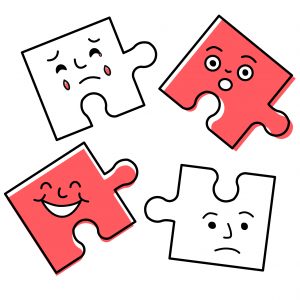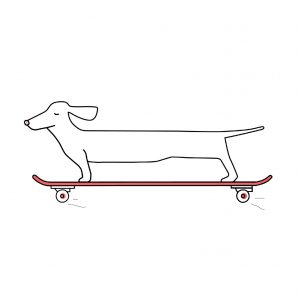There are many fascinating areas that could greatly benefit from Behavioural Design Thinking. Because in every field, understanding human behaviour provides opportunities for behaviour change. Here are 8 domains where behavioural designers can make a profound mark in 2022.
Behavioural Design Domains
The other day someone asked me for a proper definition of Behavioural Design. This is the best one I could come up with:
Behavioural Design is a structured method for turning deep human understanding into experiments for behavioural change.
You can apply this method to basically every domain involving humans: customer behaviour, citizen behaviour, company behaviour, employee behaviour, market behaviour, family behaviour, etc…
If there’s one thing that 2021 taught us, it would be the total underappreciated importance of understanding behavioural change. Governments around the globe have been struggling to find the right interventions to motivate their citizens into collective action to beat the virus. So many well-intended measures to ban COVID are being met with deep hostility or sheer indifference.
The behavioural design challenge of triggering collective action to beat the virus is the biggest behavioural design challenge of the year. But there are many more fascinating areas that could benefit greatly from Behavioural Design Thinking. Here is our list of 8 domains where behavioural designers can make a profound mark in 2022. In random order:
 Challenge 1: Redesign Policy-Making and policy implementation.
Challenge 1: Redesign Policy-Making and policy implementation.
The goal of policy-making is to influence the behaviour of stakeholders in society, from companies to citizens. However, the problem with many policies is that they are based on a poor understanding of how people actually behave. Quite often, bad policies are born out of moral judgements (e.g. ‘unemployed people are lazy’, or ‘deregulate companies and leave everything to the job creators’, or ‘you are guilty unless you can prove otherwise’ ).
Behavioural Design could both help in the design process of policies, as well as in the implementation phase. In the design phase, behavioural designers could advise policy-makers which interventions they should choose. More importantly, they can reveal both the intended and unintended consequences of each intervention and the perverse incentives that are often invisible to the policy-maker. In the implementation phase, behavioural designers could set up multiple pilots to determine which combination of interventions yields the highest results.
Challenge 2: Redesign Housing
We’re in the midst of a housing crisis. Abundant access to cheap capital, combined with high demand and tight rules for building, sparked a perfect storm on the housing market. Add to this the growing need for migrant workers and the resistance in many communities to build houses for them.
One of the biggest solutions is to think outside of the box: How can we re-think the way we build communities? How can we design flexible housing concepts that offer not only a roof and a bed, but also a sense of belonging and community? We urgently need to re-think the idea of home and inspire people to embrace these new ideas.
Want to shape behaviour and decisions?
Then our two-day Fundamentals Course is the perfect training for you. You will learn the latest insights from behavioural science and get easy-to-use tools and templates to apply these in practice right away!
Challenge 3: Redesign Marketing and Sales
I think there are two major opportunities for behavioural designers in marketing and sales. The first one is to challenge the “customer-centric” mantra and replace it with “human-centred” thinking. Companies that aim to innovate in a customer-centric way could greatly benefit from Behavioural Design Thinking for having a far more granular understanding of the goals, barriers and problems of the user.
The second opportunity is to improve digital marketing. Digital marketing is obsessed with tactics and not with psychology. A better understanding of how the psychology of influence works could dramatically improve the quality of digital marketing.
Challenge 4: Productivity and Creativity
The Behavioural Design Method is a highly structured creative process to facilitate the seamless transition from insight to strategy to execution. By integrating research, strategizing, prototyping and testing in a step-by-step process, we are able to make meaningful processes at speeds that most teams are unfamiliar with. The Behavioural Design Sprint yields a 10x faster and 10x better result than a regular innovation process, where research, strategy, concepting and execution are seperate processes. Furthermore, the Behavioural Design Sprint contains rules and tactics that are deliberately designed to yield the highest levels of creative output from of a group.
BONUS: free ebook 'How to convince someone who believes the opposite'
Especially for you we've created a free eBook 'How to convince someone who believes the opposite'. For you to keep at hand, so you can start using the insights from this blog post whenever you want—it is a little gift from us to you.
Challenge 5: Redesign Finance
Regulators put more and more pressure on financial companies to use behavioural science for helping their clients make better financial decisions. Behavioural Science applied to finance is hot. Both our saving and our investing behaviours are deeply flawed and biased. And, by simply looking at the crypto ads at sports events, exploiting our irrational desires for easy money is a great business model. The business model of banks are also under attack by new digital disruptors. This fuels a lot their appetite for behavioural intelligence on how to attract and retain customer.
Challenge 6: Redesign Healthcare:
Healthcare is booming. Parallel with radical innovation in biotech; we are also witnessing a boom in preventive healthcare. Helping people build exercise habits, healthy eating habits, losing weight habits, mindfulness habits, and the list of smart apps and services that promise salvation are endless. The holy grail of design and innovation in healthcare is to figure out how to help people overcome bad habits. And the number one behavioural challenge is to help them stick to the new routine.
Challenge 7: Redesign Sustainability & Climate Action
We have been writing a lot about this topic lately. We all want to live on a healthy, sustainable, green planet. We all feel we need to do something, but we collectively don’t change our behaviour for the simple reason that we look around and don’t see other people changing theirs. This is what behavioural scientists call a coordination problem. There are many opportunities for behavioural designers to develop ways to nudge people into positive green choices. And to frame the sustainable option is the most attractive one. Our favorite example is the Beyond Burger. It doesn’t say: “We are a vegetarian hamburger”. It says: “We have created the juiciest burger ever. It’s beyond meat. Oh and by the way: It’s plant-based”.
Challenge 8. Redesign Personal Wellbeing and Happiness
We suck at doing the things that actually make us happy. We think we will get happiness from buying stuff, fulfilling our dreams and desires, and achieving success. But the science of happiness reveals something different. We increase our overall happiness levels from things like learning and experimenting, from having deep and meaningful relationships, from being surrounded by people who challenge us to become better, and from getting genuinely good at something. Happiness is mainly the effect of behaviour and context. We get happier by pursuing our curiosity. We get happier from surrounding ourselves with the right people. The science of happiness holds many promises for Behavioural Designers to set up experiments to explore and re-ignite their curiosity.
Summary
How do you do. Our name is SUE.
Do you want to learn more?
Suppose you want to learn more about how influence works. In that case, you might want to consider joining our Behavioural Design Academy, our officially accredited educational institution that already trained 2500+ people from 45+ countries in applied Behavioural Design. Or book an in-company training or one-day workshop for your team. In our top-notch training, we teach the Behavioural Design Method© and the Influence Framework©. Two powerful tools to make behavioural change happen in practice.
You can also hire SUE to help you to bring an innovative perspective on your product, service, policy or marketing. In a Behavioural Design Sprint, we help you shape choice and desired behaviours using a mix of behavioural psychology and creativity.
You can download the Behavioural Design Fundamentals Course brochure, contact us here or subscribe to our Behavioural Design Digest. This is our weekly newsletter in which we deconstruct how influence works in work, life and society.
Or maybe, you’re just curious about SUE | Behavioural Design. Here’s where you can read our backstory.
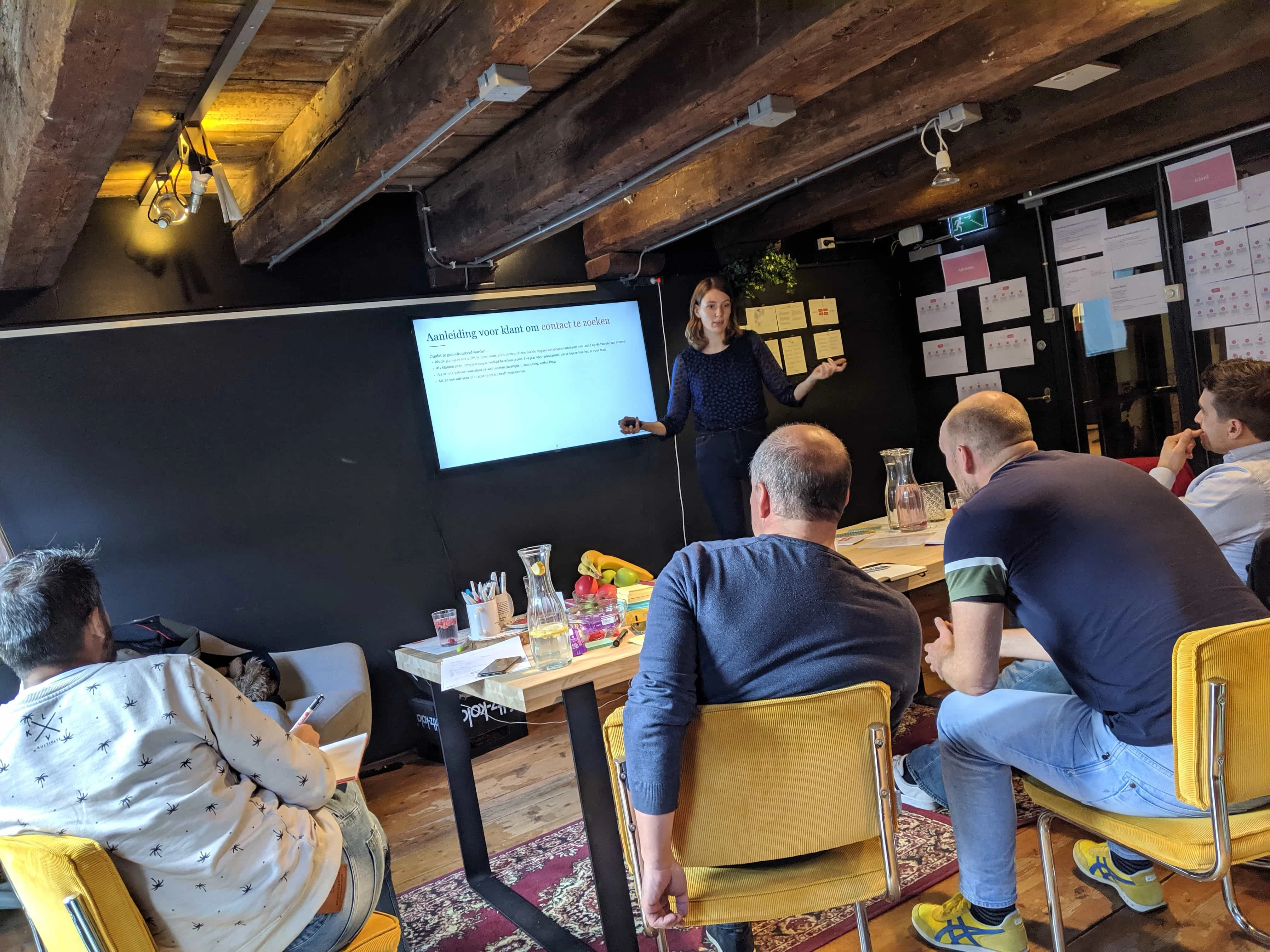
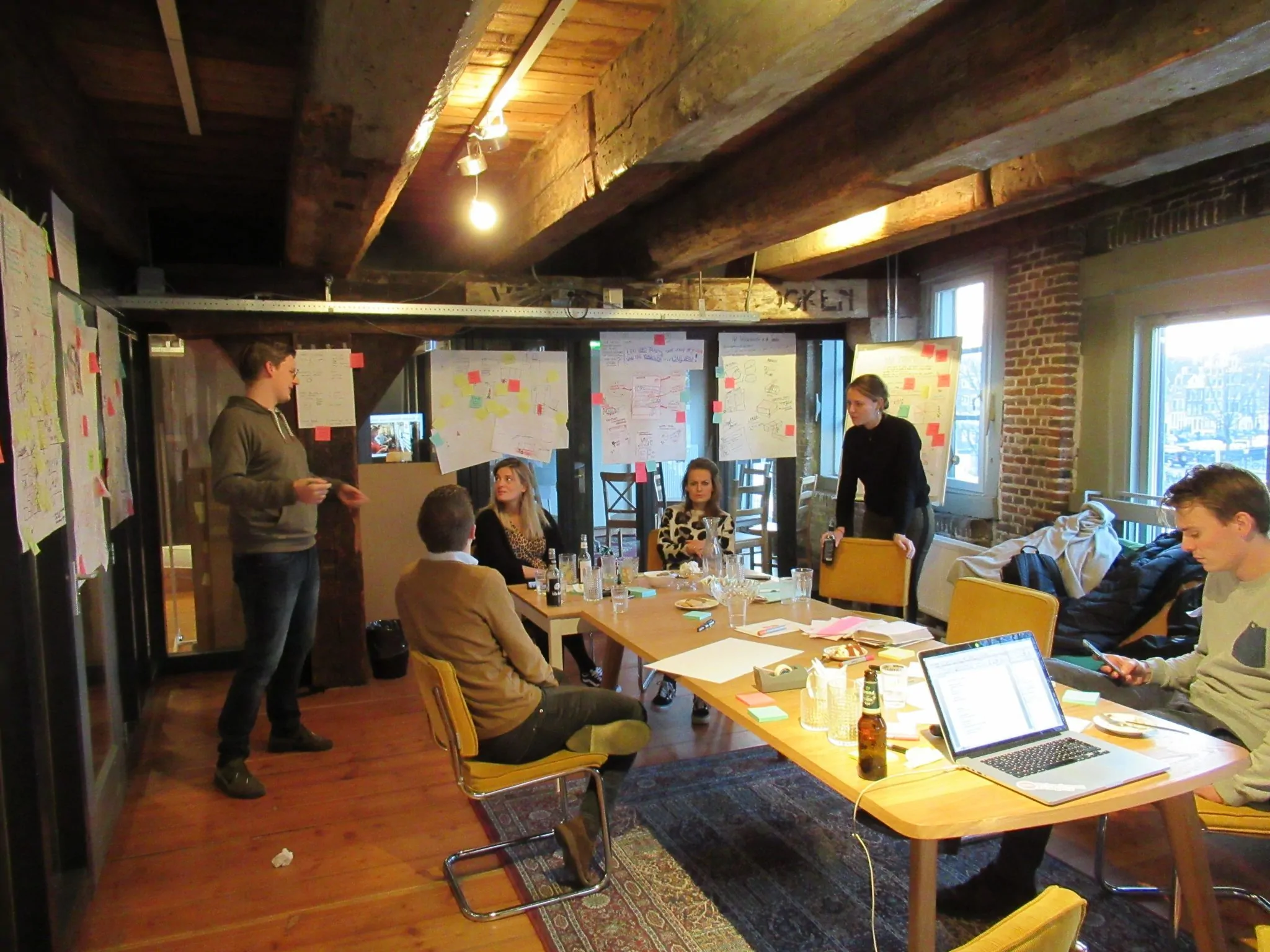
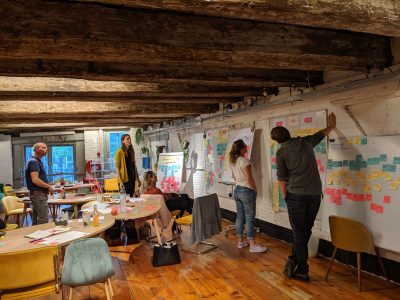
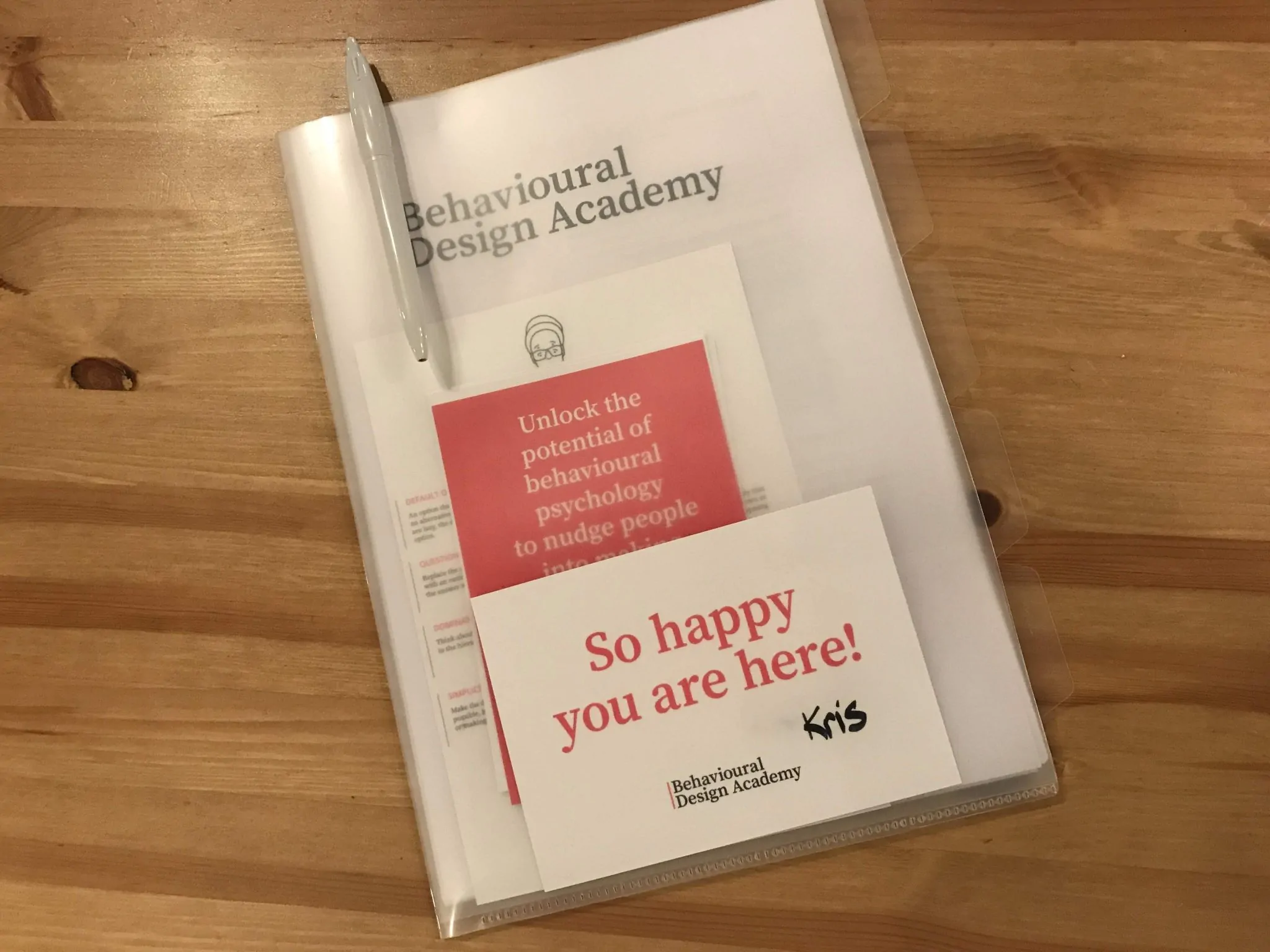
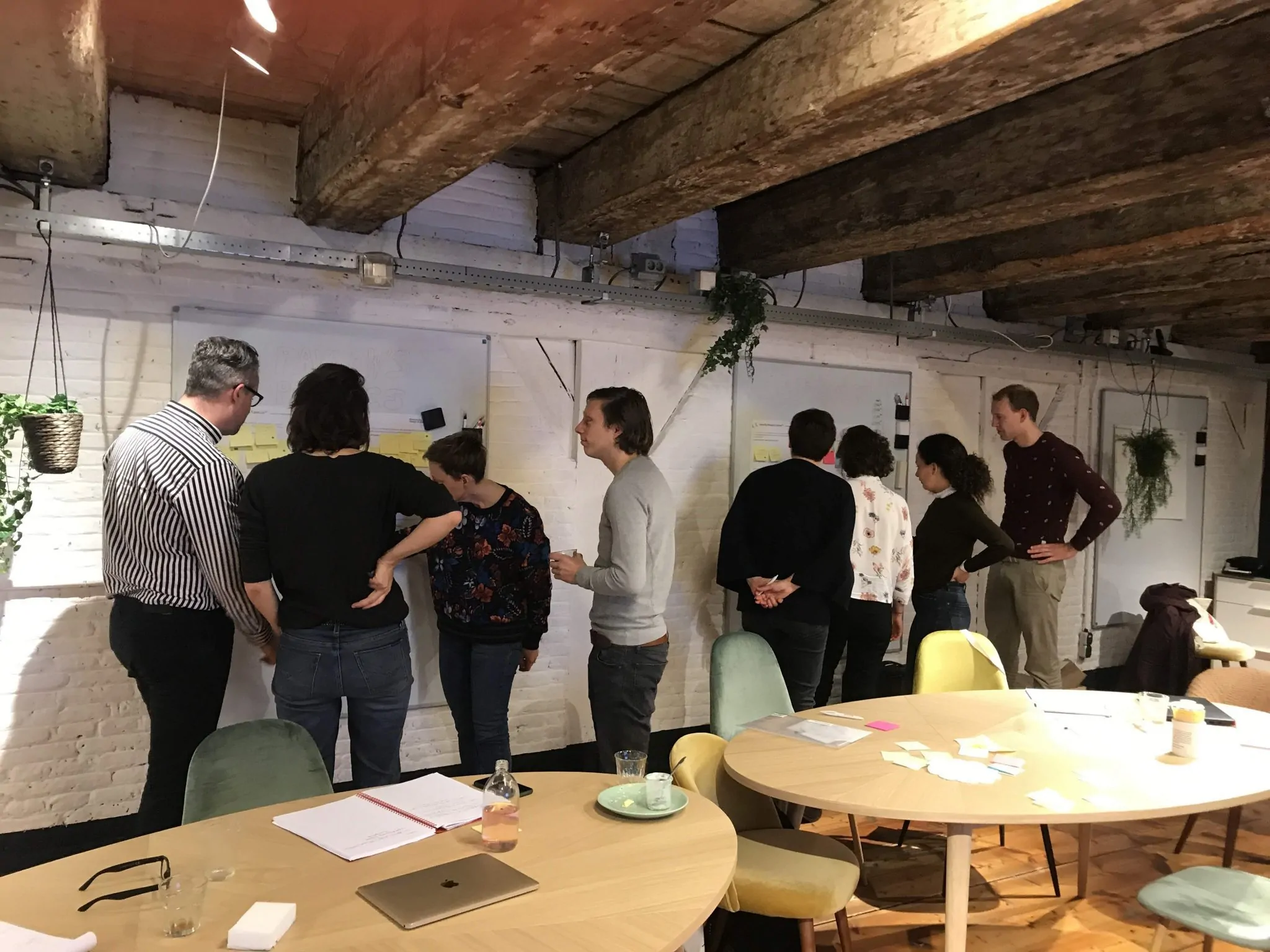
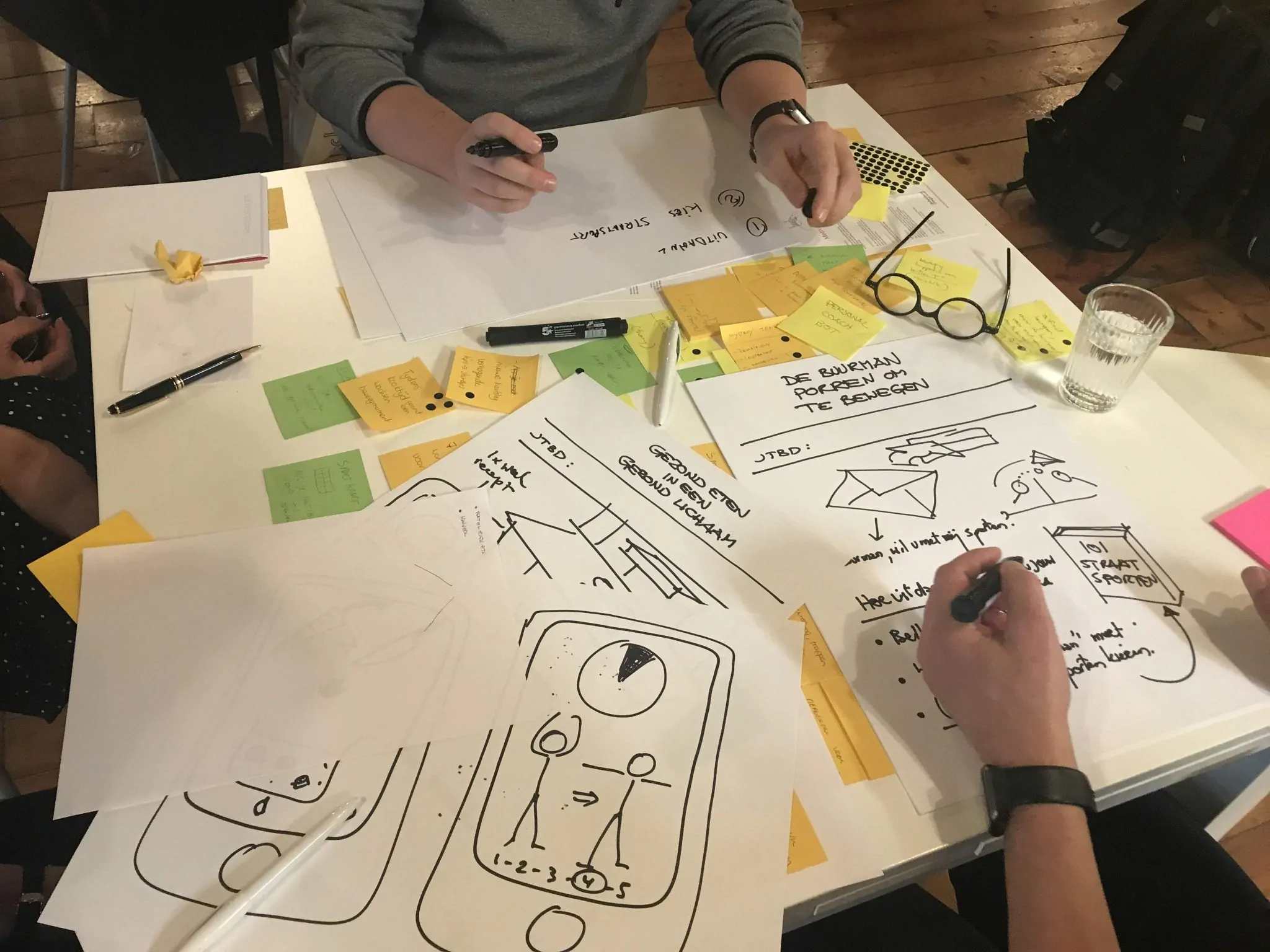


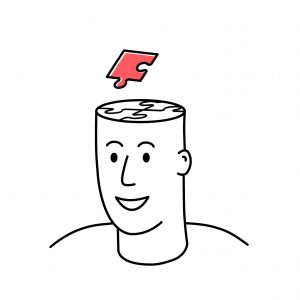
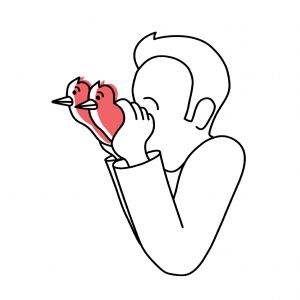 Challenge 1: Redesign Policy-Making and policy implementation.
Challenge 1: Redesign Policy-Making and policy implementation.